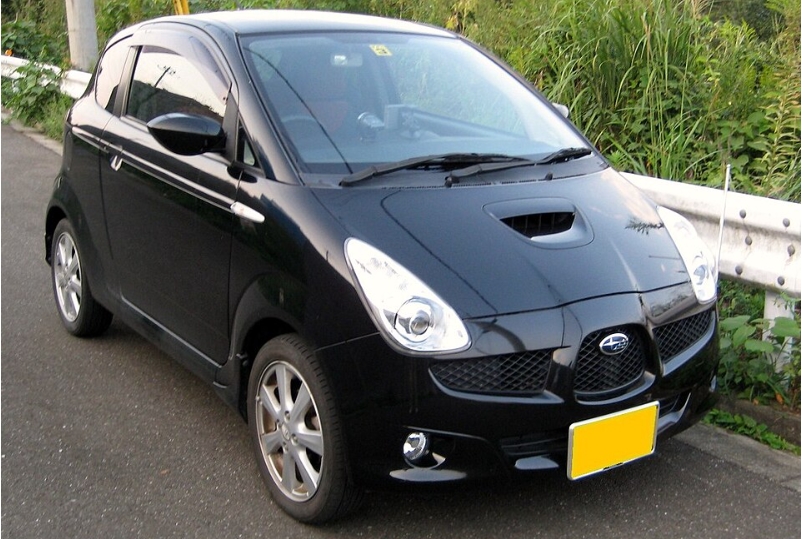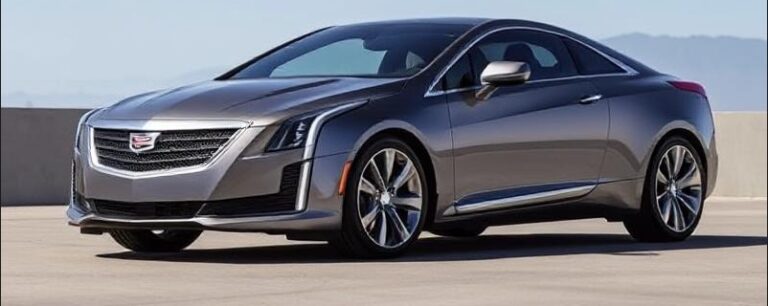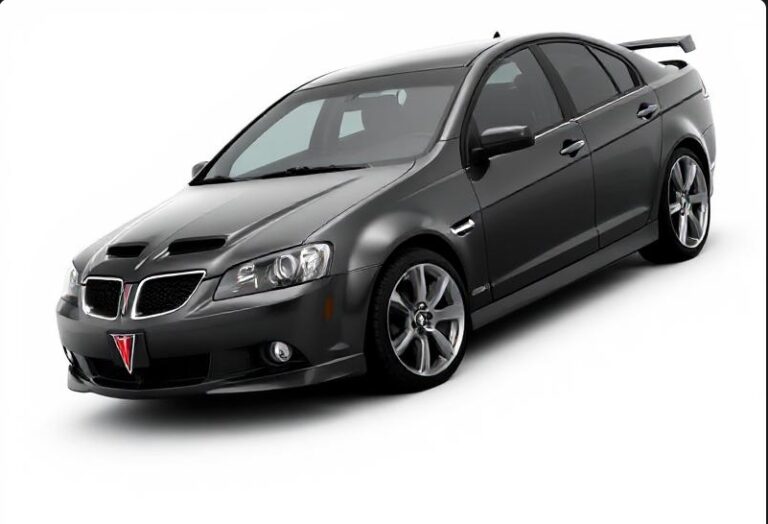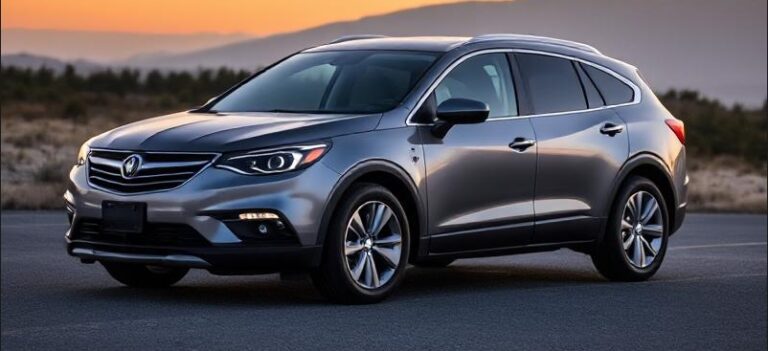The Evolution of the Subaru R1 and R2: A Comprehensive Overview
Subaru, renowned for its all-wheel-drive vehicles and innovative engineering, has a rich history of producing compact cars that emphasize efficiency, practicality, and distinctive design. Among its lineup, the Subaru R1 and R2 stand out as notable examples of kei cars—small, lightweight vehicles designed primarily for urban mobility and fuel economy. This article provides a detailed overview of the evolution of the Subaru R1 and R2, including their production years, model variants, trim levels, and key features.
Introduction to Subaru’s Kei Car Heritage
Kei cars, or “kei jidōsha,” are a category of small vehicles mandated by Japanese regulations to promote affordability and urban mobility. Subaru entered this segment to complement its lineup of larger vehicles, bringing its engineering expertise to compact car design. The Subaru R1 and R2, produced in the early 2000s, exemplify Subaru’s approach to kei cars—combining practicality with unique styling.
Subaru R2: The Original Kei Car (2003–2010)
Overview and Development Background
Launched in 2003, the Subaru R2 was developed to replace the Subaru Vivio, a kei car that had been in production since the late 1990s. The R2 was built on the Subaru S-series platform, sharing components with other small cars but distinguished by Subaru’s signature AWD system and boxer engines.
Production Timeline
- Production Start: August 2003
- Production End: August 2010
The R2 was available in various markets, primarily in Japan, with limited exports.
Design and Engineering
The R2 featured a compact, rounded exterior design that aimed to maximize interior space within kei car regulations (lengths under 3.4 meters, width under 1.48 meters). It was powered by a 658 cc engine, complying with kei car standards, with options for front-wheel drive (FWD) and all-wheel drive (AWD).
Model Variants and Trim Levels
Over its production span, the Subaru R2 was offered in several trim levels, each tailored for different customer preferences.
2003–2004 Models:
- R2 F (FWD): Base model emphasizing economy.
- R2 R (FWD): Added sportier styling and features.
- R2 R Limited (FWD): Luxury-oriented with additional comfort features.
- R2 AWD (various trims): Equipped with Subaru’s Symmetrical AWD system.
2005–2010 Updates:
In 2005, Subaru introduced a facelift version, updating the front grille, headlights, and interior features.
- R2 L (FWD): Entry-level with basic features.
- R2 S (FWD): Sportier appearance, alloy wheels.
- R2 S Limited (FWD): Higher trim with premium features.
- R2 AWD variants: Maintained across trims.
Key Features and Specifications
- Engines: 658 cc, 3-cylinder, SOHC boxer engine.
- Power Output: Approximately 50 PS (37 kW).
- Transmission: 4-speed automatic, 5-speed manual (on select trims).
- Drive Options: FWD and Subaru’s AWD.
- Interior: Compact but efficient, with optional features like air conditioning, power windows, and audio systems.
- Special Editions: Occasionally released with unique paint or trim packages.
Notable Aspects
The Subaru R2 was appreciated for its distinctive styling, combining a rounded, almost bubble-like exterior with Subaru’s hallmark AWD system. It appealed to urban drivers seeking a compact yet capable vehicle.
Subaru R1: The Smaller Companion (2004–2009)
Overview and Development Background
The Subaru R1 was introduced as a narrower, more minimalist kei car, reflecting a trend toward ultra-compact urban mobility. It debuted in 2004, sharing the same platform as the R2 but with a more streamlined, minimalist approach.
Production Timeline
- Production Start: 2004
- Production End: 2009
Like the R2, the R1 was primarily sold in Japan, with limited export attempts.
Design and Engineering
The R1 featured a boxier, more utilitarian exterior compared to the R2. It was designed to maximize interior space within a narrower body, making it favorable for tight urban streets.
Dimensions:
- Length: Approximately 2.7 meters
- Width: About 1.3 meters
This size made it one of the smallest vehicles in the kei segment.
Model Variants and Trim Levels
Throughout its production, the R1 was available in several trims, often differentiated by equipment and styling.
2004–2006 Models:
- R1 Standard: Basic model with minimal features.
- R1 F (FWD): FWD with optional AWD.
- R1 S (FWD): Sportier styling with alloy wheels and interior upgrades.
- R1 F Limited & R1 S Limited: Higher trims with additional comfort and aesthetic features.
2007–2009 Updates:
In 2007, the R1 received a mild facelift, updating the front fascia, headlights, and interior.
- R1 F (FWD): Continuation as base model.
- R1 S (FWD): Sportier trim with additional features.
- R1 F Limited & R1 S Limited: Higher trims with premium options.
Powertrain and Features
- Engine: 658 cc, 3-cylinder boxer engine.
- Power: About 50 PS, similar to the R2.
- Transmission: 4-speed automatic or 5-speed manual.
- Drive: FWD standard, AWD as an option.
- Interior: Minimalist but functional; rear seats designed for compactness.
- Additional Features: Air conditioning, audio systems, power windows, with some trims offering luxury touches.
Special Editions and Variants
Limited editions often featured unique paint schemes, interior trims, or accessory packages, targeting niche markets within Japan.
Comparative Analysis and Market Position
Both the Subaru R1 and R2 aimed to serve urban dwellers seeking compact, efficient transportation. The R2, being slightly larger, offered more interior space and was positioned as a practical everyday vehicle, while the R1 targeted those needing the most compact form factor.
Key distinctions:
- Size: R1 was smaller, more suitable for very tight urban environments.
- Design: R2 had a more rounded, friendly appearance; R1 was boxier and utilitarian.
- Engine: Both used similar 658 cc boxer engines, with slight tuning variations.
- Drive Options: Both offered FWD and AWD configurations.
- Market Focus: Primarily Japanese domestic market; limited exports.
.
We LOVE cars & cruising around, but sometimes day trips to explore new cities are required (with family or friends) for a spice of variety in your life!
So GO explore!
Cruises & Day/Night City Tours to: Baltimore, Boston, Chicago, Marina Del Ray, New York, Niagara, Philadelphia, San Diego, San Francisco, Toronto, Washington DC, etc.:

.
End of Production and Legacy
By 2010, Subaru concluded the production of both the R1 and R2, primarily due to changing market dynamics and stricter emissions regulations. However, these models remain notable for their unique design, Subaru’s engineering features like AWD in kei cars, and their role in urban mobility in Japan.
Summary Table of Key Data
| Model | Production Years | Notable Trim Levels | Engine (cc) | Power (PS) | Drive Types | Key Features |
|---|---|---|---|---|---|---|
| Subaru R2 | 2003–2010 | F, R, R Limited, L, S, S Limited, AWD variants | 658 | ~50 | FWD, AWD | Boxer engine, compact design, facelift in 2005 |
| Subaru R1 | 2004–2009 | Standard, F, S, F Limited, S Limited | 658 | ~50 | FWD, AWD (optional) | Ultra-compact size, minimalist design |
Conclusion
The Subaru R1 and R2 represent a significant chapter in Subaru’s history of small cars. Their evolution reflects a focus on maximizing interior space within strict kei car regulations, integrating Subaru’s signature AWD technology, and providing practical urban transportation options. Although their production ended over a decade ago, they are remembered fondly by enthusiasts and urban drivers for their distinctive styling, engineering ingenuity, and role in Japan’s kei car history.







